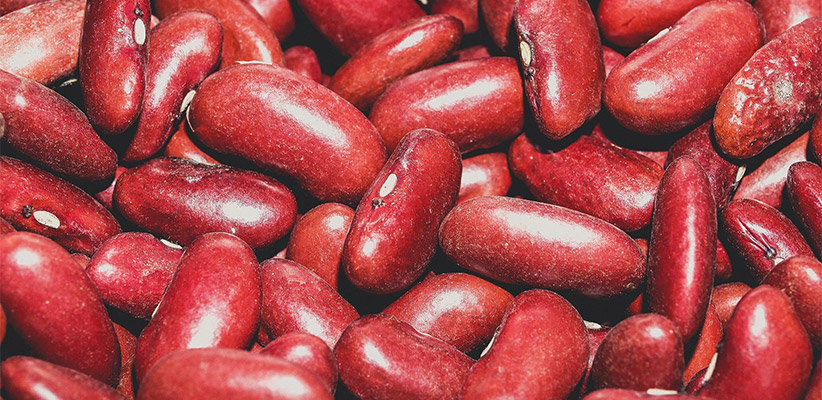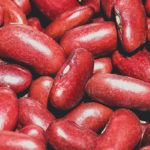
Red Kidney beans have stood the test of time, their ancestry traced far down into the history some thousands of years ago in Peru. That they are still in our kitchen today and keeping dining tables busy attest to their almost eternal delicacy. Kidney beans when well prepared are really tasty. The tasty savor is so absorbing would you would be forgiven for eating them in a restroom. Aside from the notorious delicacy preserved in red kidney beans, they are such great banks of protein and vital vitamins.
Sadly not everyone can explore the refreshing delectability of red kidney beans. Most times, this category of deprived people don’t know how to cook and then freeze the beans for later use. Let us take a learning trip here through how you could soak your dried red kidney beans, soak it and even freeze it.
In this peculiar cooking approach, we will be using some cups of water (precisely ten) for one pound of dry beans. This is not a definitive quantity, feel free to explore a rotund cooking experience using any amount or cups of water you want. But so as to get something sumptuous and tastefully memorable, the amount of water should be proportionate to the quantity of beans. A relationship like ten cups of water for a pound of beans is optimal and recommended.
So now you can pour these stipulated cups of water in a pot that can rightly accommodate it. And then carefully added your red kidney beans. Alright now, you have to soak it and relax a little. Give it time soaked, preferably leave it overnight; there is no peculiar temperature for soaking, room temperature would nicely get the job done. There are the added advantages of soaking also. The beans get more digestible, and even facilitates the proper cooking of the beans ensuring it is evener.
So the beans upon adequate soaking are generously going to fatten up. This swell is attributed to the absorption of moisture. Does it tempt you to give it a sumptuous bite? Patience, the meal would be worth the wait! Now you will have to get the beans boiling in a pot. Don’t forget the eventual expansion of the beans upon boiling. So you must envision this and accommodate for this by sufficiently immersing the beans in water, enough to cover it in the pot. Ensure you had adequately rinsed the beans before we go on the boiling mission. Using the same water we used for the soaking doesn’t sound well as to health reasons especially for its (soaked water) composition of oligosaccharides which isn’t friends with your stomach.
If you want to elevate the taste of the beans, roll in some salt to the boiling beans, one tablespoon is enough for the quantity of water we are using here. Try to ensure even cooking by stirring intermittently. After the beans have softened enough to your taste, you can take it off the heat and simmer carefully. You can then drain your cooked beans in a strainer.
So we will now get to the freezing. You can optionally rinse the boiled beans with cold water before you get it into your container for freezing. Bags you can open and seal again work better for this purpose and you can get the beans frozen to whatever extent you decide. So the red kidney beans are frozen now. If you want to eat just get your stew or soup ready and with our red kidney beans equally ready and you can deservedly breakdance to the dining table in anticipation of a great meal!
Looking for a Canadian beans exporter? please give us a call at +1 (416) 548-5901




Comments are closed.